Almost half of the world’s human population lives in coastal areas, and associated coastal development has significantly degraded or destroyed many coastal ecosystems. Burgeoning human populations and rising sea levels only further constrain the availability of habitat that coastal species depend on.
California’s 1,100 mile coast has more than 200 threatened, endangered or rare species living in coastal habitats. There are hundreds of coastal estuaries that provide critical rearing habitat for marine species, and are also important for recreation, water filtration, and carbon sequestration.
Only 10 percent of California’s historic coastal wetlands remain. Without intervention, we are at risk of losing 40 percent of our remaining coastal wetlands to sea level rise over the coming decades. Conservancy scientists are working to reverse these trends.
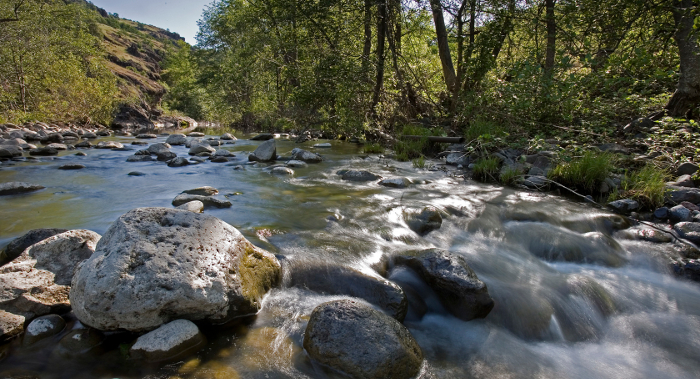
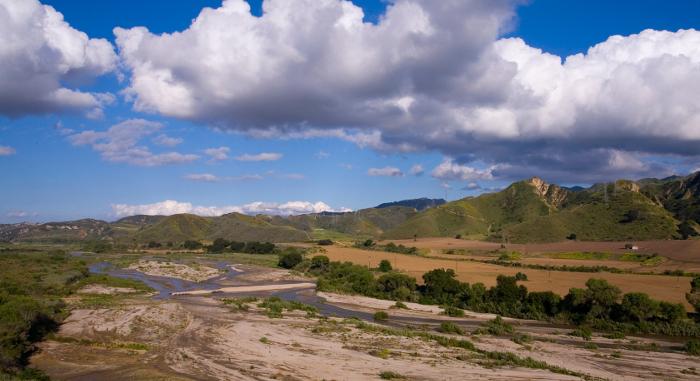
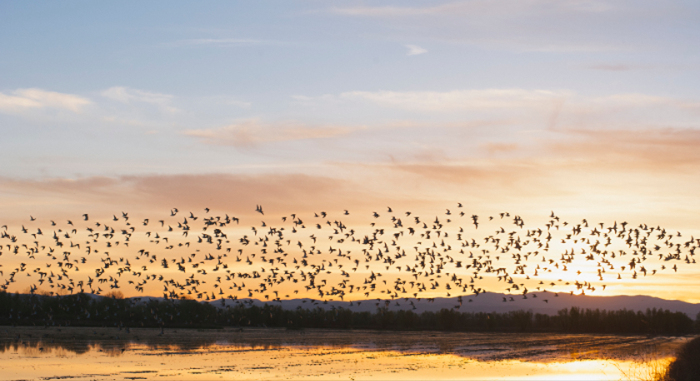
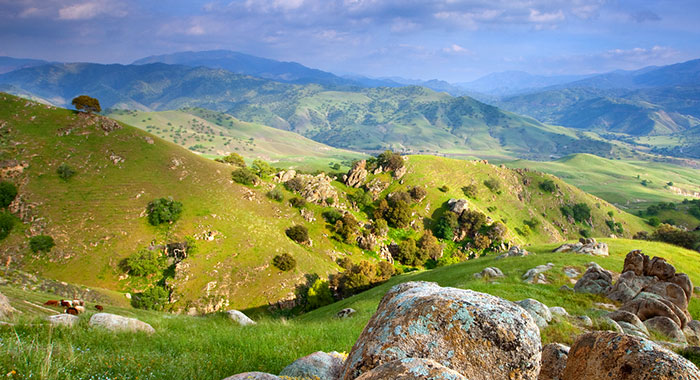
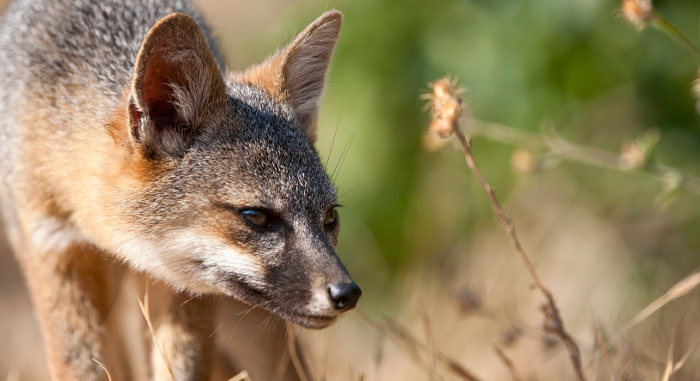
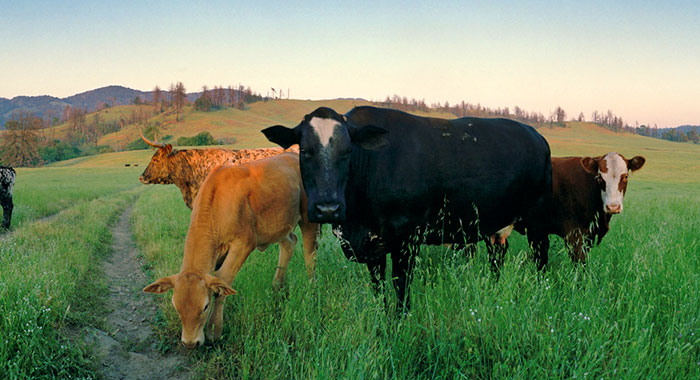
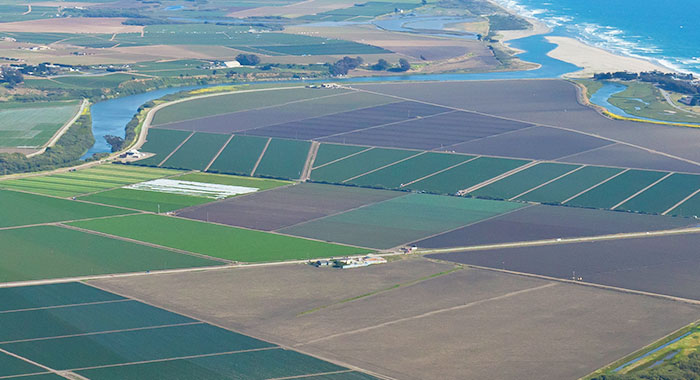

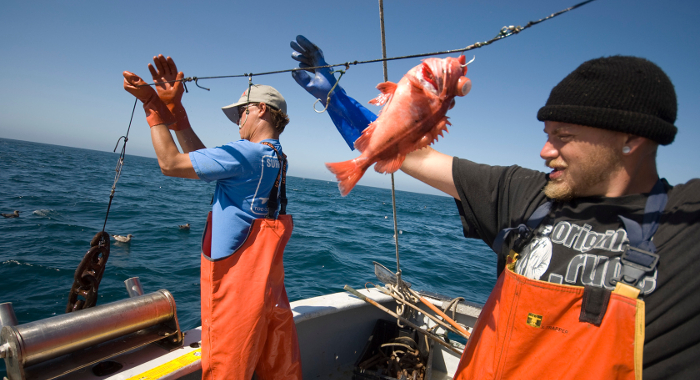
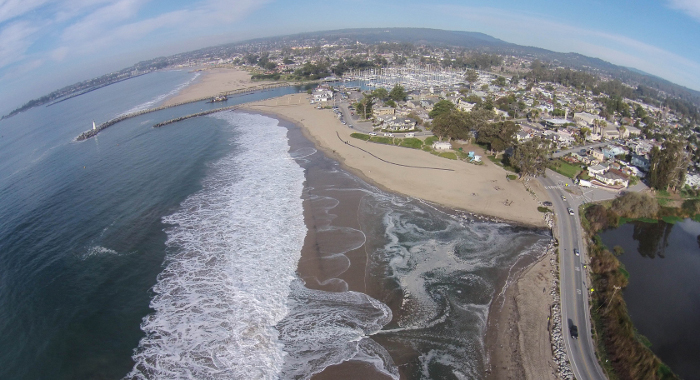
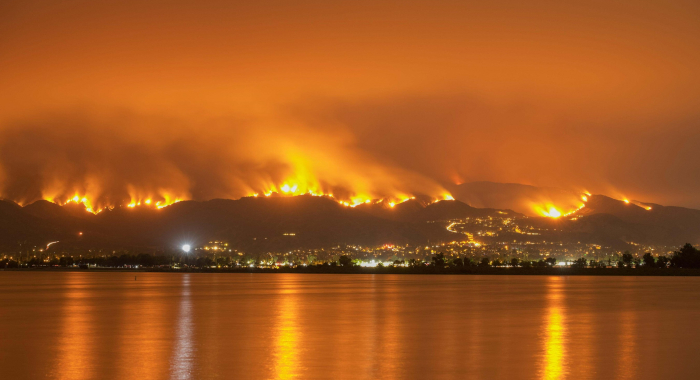
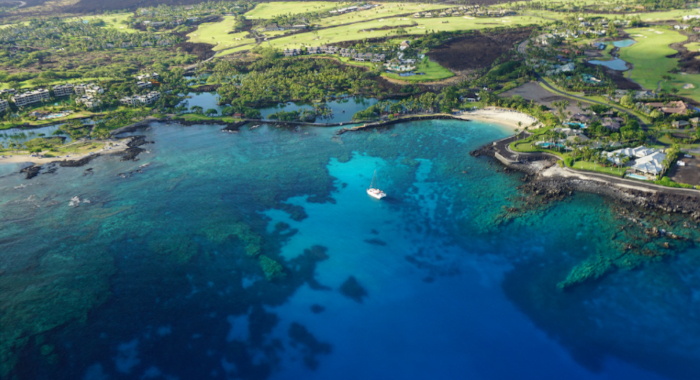
Sarah M. Yarnell, Eric D. Stein, J. Angus Webb, Theodore Grantham, Rob A. Lusardi, Julie Zimmerman, Ryan A. Peek, Belize A. Lane, Jeanette Howard, Samuel Sandoval-Solis
The authors of this paper are engaged in developing flow criteria for California Streams through California Environmental Flows Framework (CEFF) collaboration. The effort is funded by the State…Samuel C. Zipper, Jennifer K. Carah, Christopher Dillis, Tom Gleeson, Ben Kerr, Melissa M. Rohde, Jeanette K. Howard, Julie K.H. Zimmerman
Using a newly developed tool for estimating streamflow depletion from groundwater pumping, this study examined the impacts of ongoing groundwater pumping on streamflow and aquatic ecosystems in the…Stephanie Dashiell, Mark Buckley, Dustin Mulvaney
In an effort to address climate change, California enacted a clean energy energy standard that is driving a market for significant amounts of renewable energy. To explore the economic benefits of…Kristin B Byrd, Pelayo Alvarez, Benjamin Sleeter, Lorraine Flint, Alan Flint, Richard Cameron, Jeffrey Creque
Management of protected lands may enhance ecosystem services that conservation programs were designed to protect. Practices that build soil organic matter on agricultural lands also increase soil…Melissa M. Rohde, Sara B. Sweet, Craig Ulrich, Jeanette Howard
Groundwater plays an essential role in supporting freshwater species, riparian habitats, and migratory birds. These ecological communities, commonly referred to as groundwater-dependent…Annalise Taylor, Tanushree Biswas, John M. Randall, Kirk Klausmeyer, Brian Cohen
In Western North America, droughts are expected to increase in frequency and intensity as the region’s climate changes. Over past decades, land managers on Santa Cruz Island, California…Benjamin M. Sleeter, David C. Marvin, D. Richard Cameron, Paul C. Selmants, A.LeRoy Westerling, Jason Kreitler, Colin J. Daniel, Jinxun Liu, Tamara S. Wilson
Sophie S. Parker, W. Stanley Harpole, Eric W. Seabloom
This paper furthers our understanding of what makes some species rare, and others more common. The authors grew monocultures of 18 California grassland plant species and measured their growth and…Gorm E. Shackelford, Rodd Kelsey, William J. Sutherland, Christina M. Kennedy, Stephen A. Wood, Sasha Gennet, Daniel S. Karp, Claire Kremen, Nathaniel E. Seavy, Julie A. Jedlicka, Kelly Gravuer, Sara M. Kross, Deborah A. Bossio, Andrés Muñoz-Sáez, Deirdre G. LaHue, Kelly Garbach, Lawrence D. Ford, Mark Felice, Mark D. Reynolds, Devii R. Rao, Kathleen Boomer, Gretchen LeBuhn, Lynn V. Dicks
Agricultural management practices impacts not only on crops and livestock, but also soil health, water quality, wildlife, and ecosystem services. There is abundant, but disconnected,…Heather Tallis, Katharine Kreis, Lydia Olander, Claudia Ringler, David Ameyaw, Mark E Borsuk, Diana Fletschner, Edward Game,, Daniel O Gilligan, Marc Jeuland, Gina Kennedy, Yuta J Masuda, Sumi Mehta, Nicholas Miller, Megan Parker, Carmel Pollino, Julie Rajaratnam, David Wilkie, Wei Zhang, Selena Ahmed, Oluyede C Ajayi, Harold Alderman, George Arhonditsis, Ines Azevedo, Ruchi Badola, Rob Bailis, Patricia Balvanera, Emily Barbour, Mark Bardini, David N Barton, Jill Baumgartner, Tim G Benton, Emily Bobrow, Deborah Bossio, Ann Bostrom, Ademola Braimoh, Eduardo Brondizio, Joe Brown, Benjamin P Bryant, Ryan SD Calder, Becky Chaplin-Kramer, Alison Cullen, Nicole DeMello, Katherine L Dickinson, Kristie L Ebi, Heather E Eves, Jessica Fanzo, Paul J Ferraro, Brendan Fisher, Edward A Frongillo, Gillian Galford, Dennis Garrity, Lydiah Gatere, Andrew P Grieshop, Nicola J Grigg, Craig Groves, Mary Kay Gugerty, Michael Hamm, Xiaoyue Hou, Cindy Huang, Marc Imhoff, Darby Jack, Andrew D Jones, Rodd Kelsey, Monica Kothari, Ritesh Kumar, Carl Lachat, Ashley Larsen, Mark Lawrence, Fabrice DeClerck, Phillip S Levin, Edward Mabaya, Jacqueline MacDonald Gibson, Robert I McDonald, Georgina Mace, Ricardo Maertens, Dorothy I Mangale, Robin Martino, Sara Mason, Lyla Mehta, Ruth Meinzen-Dick, Barbara Merz, Siwa Msangi, Grant Murray, Kris A Murray, Celeste E Naude, Nathaniel K Newlands, Ephraim Nkonya, Amber Peterman, Tricia Petruney, Hugh Possingham, Jyotsna Puri, Roseline Remans, Lisa Remlinger, Taylor H Ricketts, Bedilu Reta, Brian E Robinson, Dilys Roe, Joshua Rosenthal, Guofeng Shen, Drew Shindell, Ben Stewart-Koster, Terry Sunderland, William J Sutherland, Josh Tewksbury, Heather Wasser, Stephanie Wear, Chris Webb, Dale Whittington, Marit Wilkerson, Heidi Wittmer, Benjamin DK Wood, Stephen Wood,, Joyce Wu, Gautam Yadama and Stephanie Zobrist
Although environmental conservation, human health, and sustainable development challenges are interconnected, approaches to these challenges and the evidence used remain disconnected. Creating…Sean P. Fitzgerald , Hunter S. Lenihan, Jono R. Wilson, Carolynn S. Culver, Matthew Potoski
This paper highlights the benefits of collaborative fisheries research in the management of wild capture fisheries. The authors teamed up with commercial fishermen in the southern California…Gorm E. Shackelford, Rodd Kelsey, Lynn V. Dicks
As California and other major agricultural regions around the world tackle the challenge of increasing the sustainability of agriculture to improve environmental health, cover crops are increasingly…Hekia Bodwitch, Jennifer Carah, Kent M. Daane, Christy Getz, Theodore E. Grantham, Gordon M. Hickey, Houston Wilson
Cannabis has been an industry in the shadows for many decades and little studied. In partnership with U.C. Berkeley and U.C. Cooperative Extension, Conservancy staff developed the first cannabis…Houston Wilson, Hekia Bodwitch, Jennifer Carah, Kent Daane, Christy Getz, Theodore E. Grantham, Van Butsic
Cannabis has been an industry in the shadows for many decades and little studied. In partnership with U.C. Berkeley and U.C. Cooperative Extension, the Conservancy staff developed the first cannabis…E.N. Tennant, D.J. Germanol, J.A.E. Stewart, H.S. Butterfield, M.F. Westphal
Laura S. Brophy, Correigh M. Greene, Van C. Hare, Brett Holycross, Andy Lanier, Walter N. Heady, Kevin O’Connor, Hiroo Imaki, Tanya Haddad, Randy Dana
The authors of this study generated new maps of current and historical tidal wetlands in 450 estuaries throughout Washington, Oregon, and California. Using laser-mapping technology known as LIDAR…